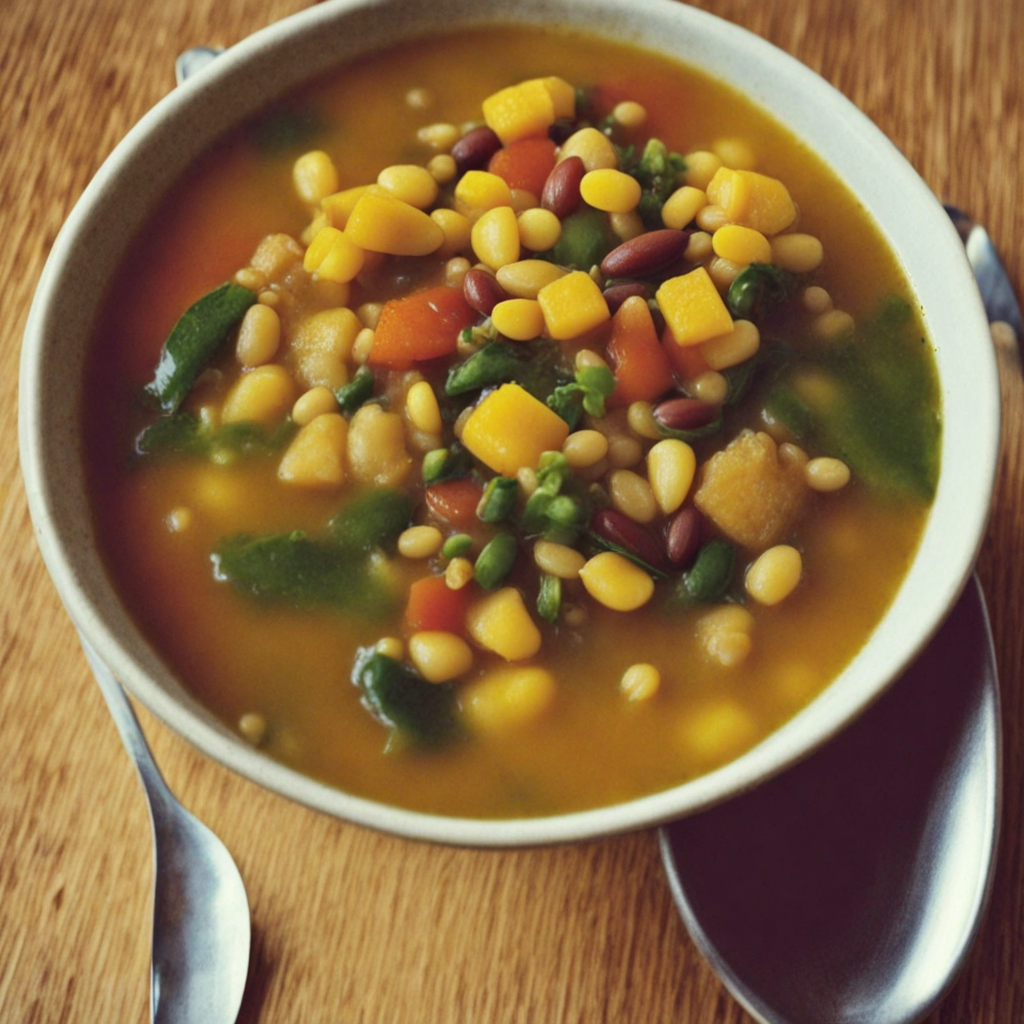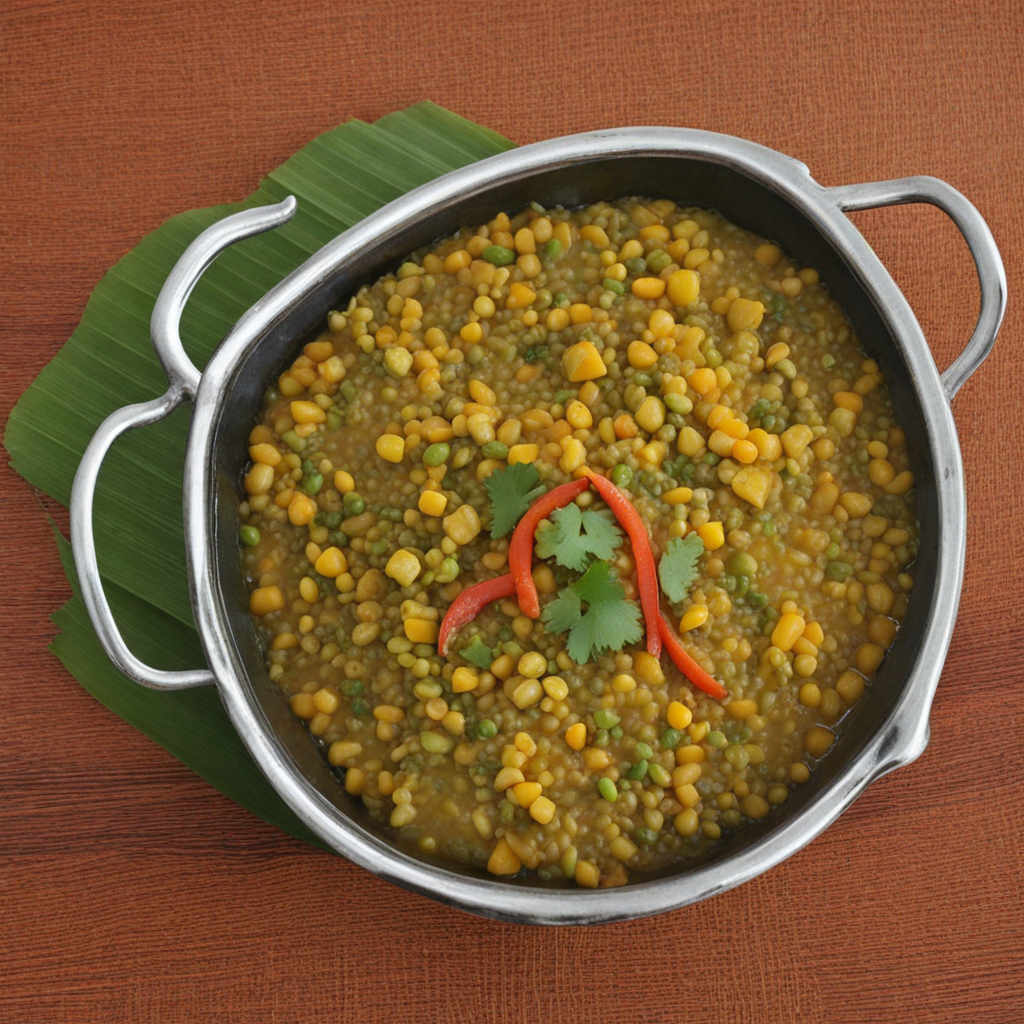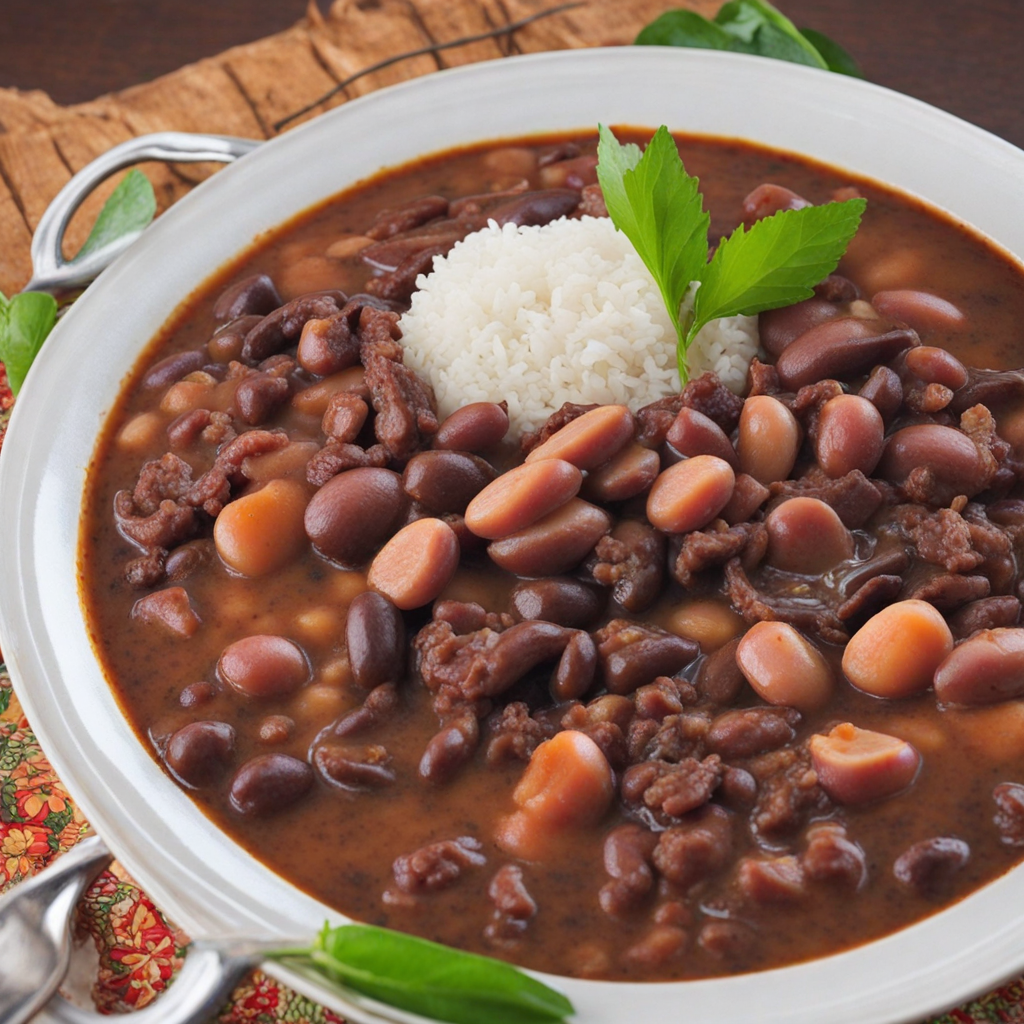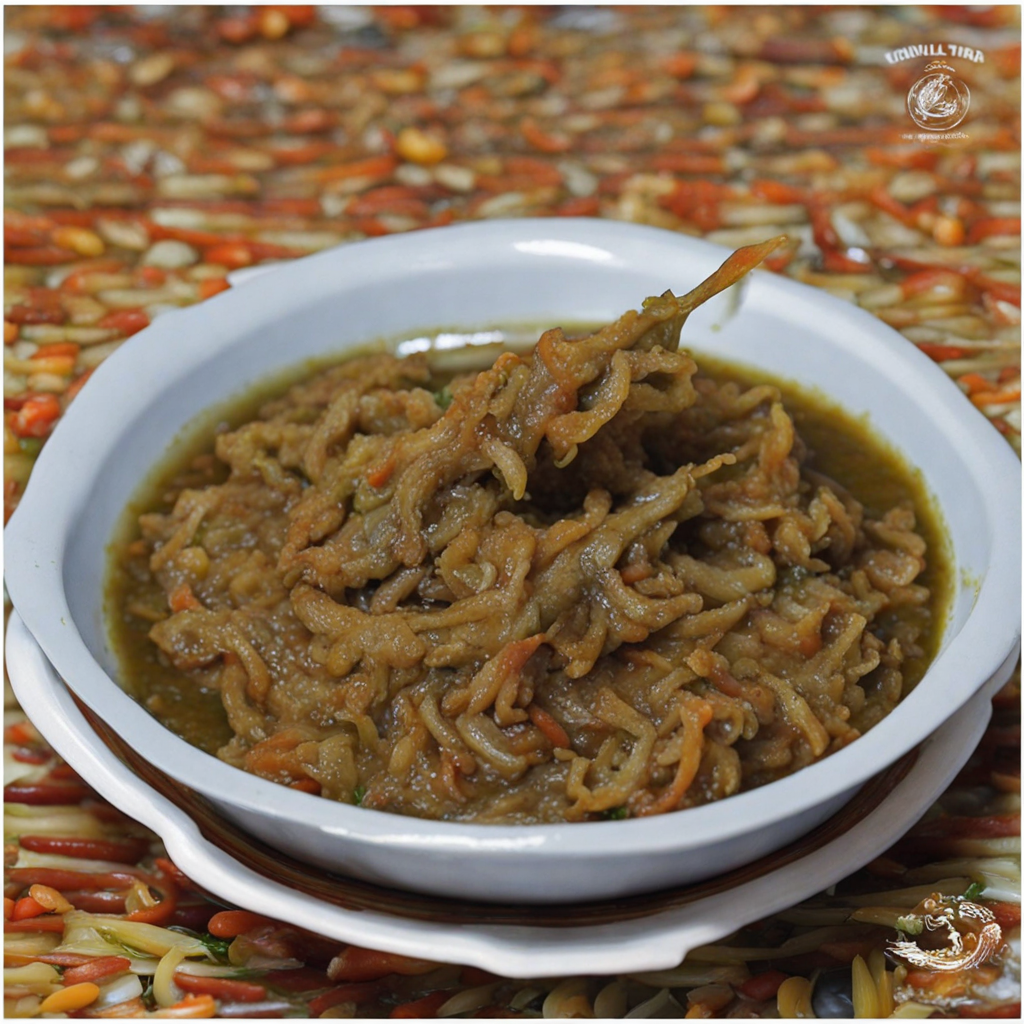Katemak
Katemak is a traditional dish from Timor-Leste that showcases the rich cultural tapestry and agricultural bounty of the region. This dish primarily consists of a medley of local vegetables, often including sweet potatoes, green beans, and leafy greens, which are simmered together to create a nutrient-dense and flavorful meal. The vegetables are typically combined with a base of coconut milk, imparting a creamy texture and a subtly sweet flavor that complements the earthiness of the produce. The use of fresh local herbs and spices, such as garlic, shallots, and chili, enhances the dish, adding aromatic layers that entice the palate with every bite. What sets Katemak apart is not just its ingredients, but also its preparation. Traditionally cooked in a communal setting, this dish embodies the spirit of sharing and togetherness so prevalent in Timorese culture. The slow-cooking method allows the flavors to meld beautifully, resulting in a dish that is both comforting and satisfying. The vibrant colors of the vegetables, coupled with the rich, creamy coconut sauce, make Katemak a feast for the eyes as well as the stomach, inviting diners to indulge in its wholesome goodness. Served warm, Katemak is often accompanied by rice or corn tortillas, which serve as the perfect vehicle for savoring every drop of the delicious sauce. This dish not only nourishes the body but also connects you to the essence of Timor-Leste’s culinary heritage. Every mouthful of Katemak is a celebration of the land's natural flavors, making it a must-try for those eager to explore new tastes and experience the warmth of Timorese hospitality.
How It Became This Dish
Katemak: A Culinary Journey Through Timor-Leste Katemak, a traditional dish from Timor-Leste, embodies the rich cultural tapestry and historical depth of this small Southeast Asian nation. As the country grapples with its identity and heritage, Katemak serves as a culinary reminder of the resilience and diversity of the Timorese people, reflecting their agricultural practices, cultural exchanges, and the influence of colonial histories. Origins The roots of Katemak can be traced back to the agricultural traditions of the Timorese people, primarily the indigenous groups inhabiting the island of Timor. The dish is a simple yet nutritious combination of cassava leaves, often referred to as 'katu' in the local dialect, cooked with coconut milk and occasionally flavored with spices such as garlic, chili, and salt. This combination is not just a reflection of local ingredients; it also highlights the significance of cassava in the Timorese diet, which has been a staple food for centuries. Cassava, a drought-resistant crop, has played a vital role in food security for many communities in Timor-Leste, thriving in the region's challenging climate. The use of cassava leaves in Katemak signifies a practical approach to utilizing the whole plant, which is a common practice in many traditional cuisines worldwide. This philosophy of resourcefulness, deeply rooted in Timorese agricultural practices, reflects a broader understanding of sustainability and respect for the land. Cultural Significance Katemak holds a special place in the hearts of the Timorese people, transcending mere nutrition to become a symbol of community and identity. Traditionally, the preparation of Katemak is often a communal activity, where families gather to harvest the cassava leaves and prepare the dish together. This process strengthens familial bonds and reinforces social ties within the community, providing a space for storytelling, cultural exchange, and the passing down of culinary knowledge from one generation to the next. Festivals and celebrations in Timor-Leste often feature Katemak, showcasing its role in communal feasting. During significant events such as weddings or religious ceremonies, Katemak is served alongside other traditional dishes, highlighting its status as a beloved staple. The dish is not merely a side; it is a testament to the cultural resilience of the Timorese people, representing their ability to adapt and thrive despite historical challenges. Development Over Time The evolution of Katemak is intertwined with the broader socio-political history of Timor-Leste. The island's colonization by the Portuguese in the 16th century introduced new culinary influences, including various spices and cooking techniques. As a result, Katemak began to incorporate elements from Portuguese cuisine, such as the addition of garlic and sometimes meat, reflecting a fusion of flavors that enriched the traditional dish. However, the 20th century brought significant turmoil to Timor-Leste. The Indonesian invasion in 1975 and the subsequent struggle for independence from 1999 sapped the nation’s resources and disrupted agricultural practices. During this period, access to traditional ingredients became limited, and many families were forced to adapt their cooking methods and recipes. Despite these hardships, Katemak remained a staple, signifying endurance and hope for many families during times of adversity. Following the restoration of independence, there was a resurgence of interest in traditional Timorese cuisine. As the nation sought to reclaim its cultural identity, dishes like Katemak gained prominence in both local and international culinary scenes. Chefs and home cooks alike began to explore the rich heritage of Timorese cooking, emphasizing the importance of local ingredients and traditional methods. This revival has led to a renewed appreciation for Katemak, not only as a comfort food but also as a symbol of national pride. Contemporary Significance In modern-day Timor-Leste, Katemak continues to be a beloved dish that embodies the spirit of the nation. It is often served in households across the country, especially during special occasions, while also making its way onto the menus of restaurants eager to showcase Timorese cuisine. With the growth of eco-tourism and cultural tourism, visitors to Timor-Leste are increasingly exposed to traditional dishes like Katemak, furthering its reputation beyond the borders of the island. As globalization influences local food systems, Katemak has also seen adaptations, with chefs experimenting with different ingredients and presentations. For instance, while the traditional preparation emphasizes simplicity, contemporary interpretations might incorporate modern culinary techniques or pair the dish with diverse ingredients to appeal to a broader audience. This evolution showcases the adaptability of Katemak and its ability to resonate with both traditionalists and modern diners. Moreover, Katemak has become a vehicle for cultural expression among the Timorese diaspora. As families migrate and settle in different parts of the world, they carry the rich flavors and traditions of Katemak with them, fostering a sense of belonging and cultural continuity. Cooking and sharing Katemak within these communities serves as a way to maintain ties to their heritage, allowing younger generations to connect with their roots. Conclusion Katemak is not just a dish; it is a narrative woven into the fabric of Timorese identity. Its origins in indigenous agricultural practices, its role in communal life, and its evolution through historical challenges highlight the resilience and adaptability of the Timorese people. Today, Katemak stands as a symbol of cultural pride, embodying the spirit of a nation that has endured much yet continues to celebrate its rich heritage through food. As Timor-Leste moves forward, Katemak will undoubtedly remain a cherished dish, connecting past, present, and future generations. As it graces tables near and far, it serves as a reminder of the importance of honoring culinary traditions while embracing innovation, ensuring that the legacy of this beloved dish endures for years to come.
You may like
Discover local flavors from Timor-leste







